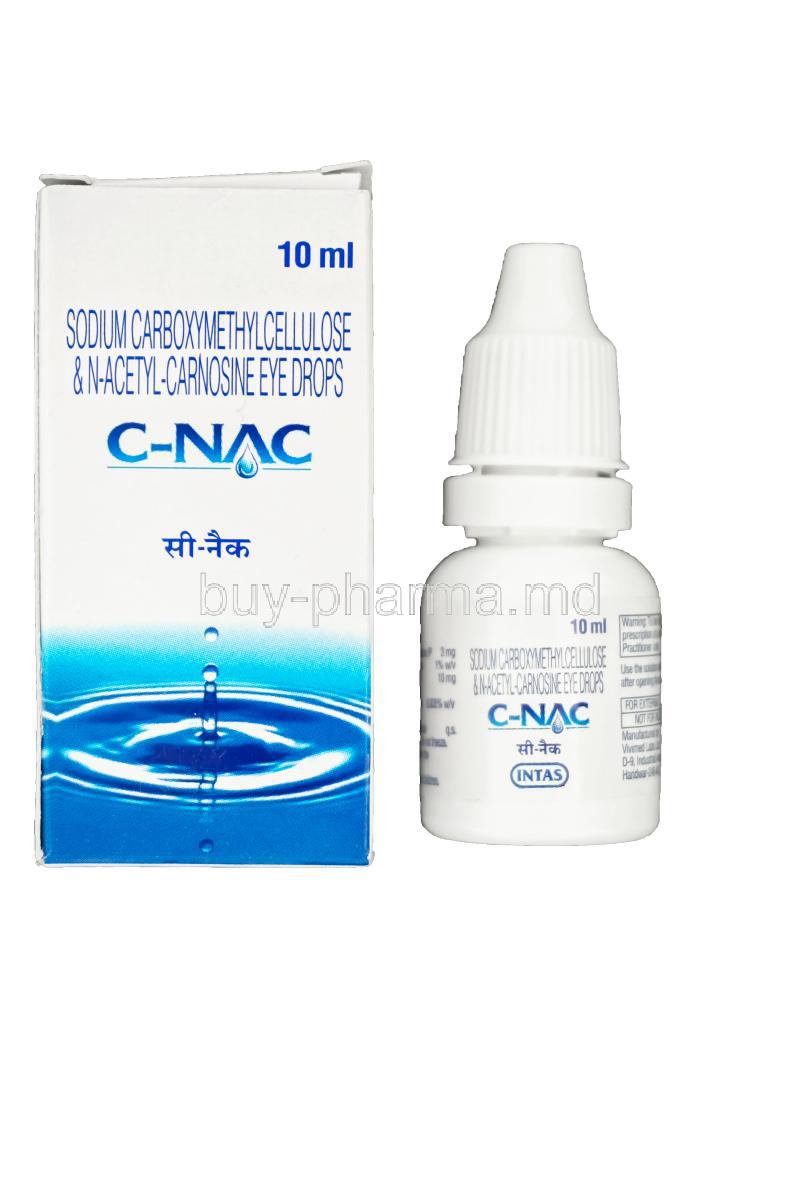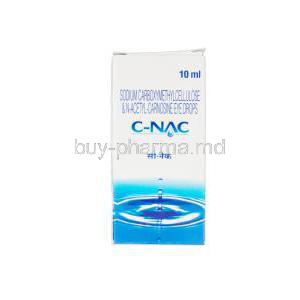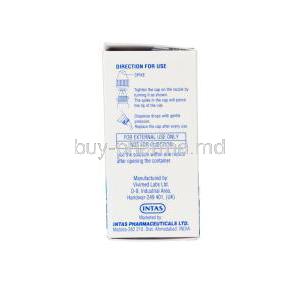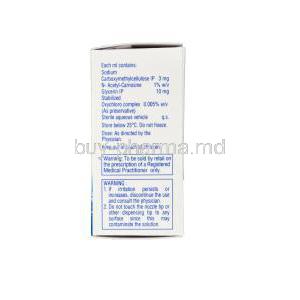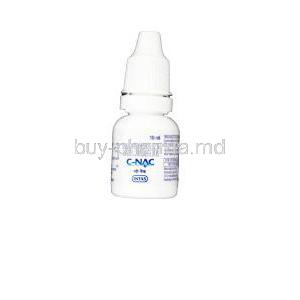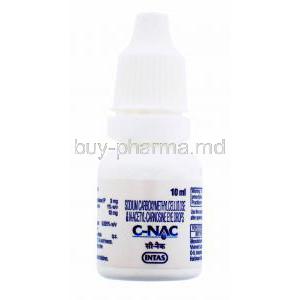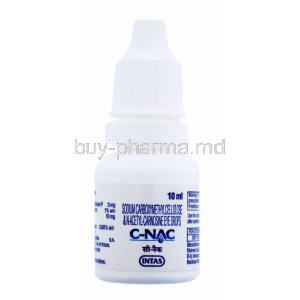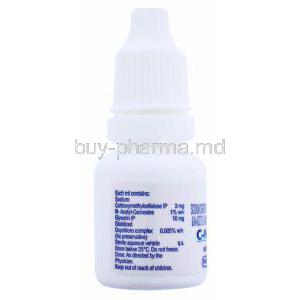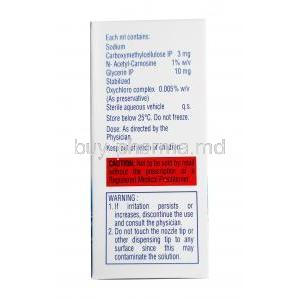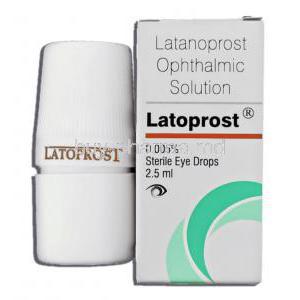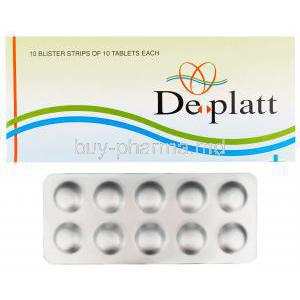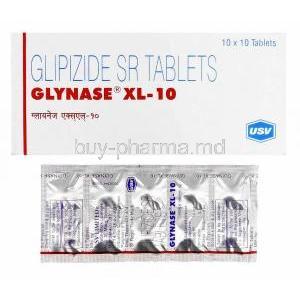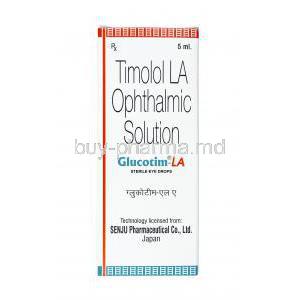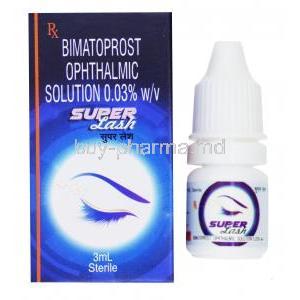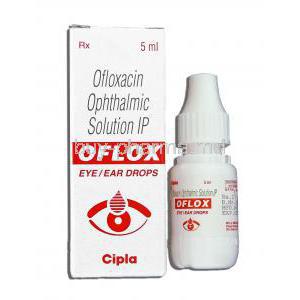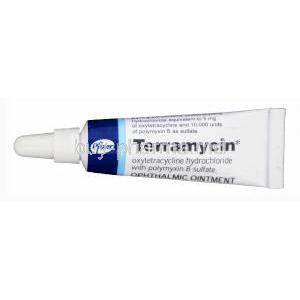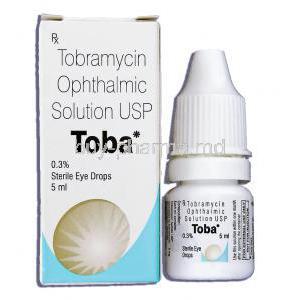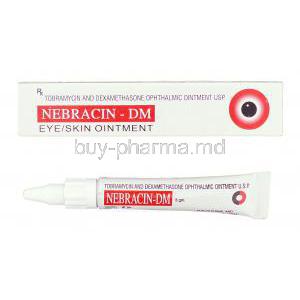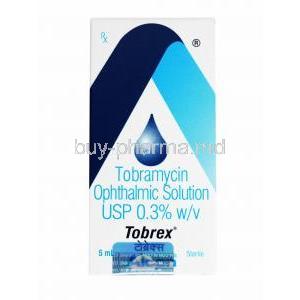Introduction to C-NAC Eye Drops
Overview of C-NAC and its Medical Significance
C-NAC eye drops are an advanced ophthalmic solution designed to provide multi-faceted relief for individuals suffering from dry eyes and ocular oxidative stress. Combining the benefits of lubricants and antioxidants, C-NAC is particularly suited for chronic and age-related eye conditions. Its utility extends beyond simple eye hydration, offering protection at the cellular level.
Therapeutic Classification and Ophthalmic Category
C-NAC belongs to the class of artificial tear substitutes and antioxidant ophthalmic solutions. It is categorized as a tear film stabilizer and ocular protectant, playing a pivotal role in the management of ocular surface disorders and oxidative damage-related visual deterioration.
Market Availability and Regulatory Status in Various Countries
C-NAC is available in numerous global markets under varying regulatory frameworks. In regions like Asia and Eastern Europe, it is sold as an over-the-counter formulation, while in other territories, it may require a prescription. Regulatory approvals often recognize its use as both a lubricating and antioxidative ophthalmic therapy.
Composition and Active Ingredients
Detailed Breakdown of Carboxymethylcellulose, N-Acetyl-Carnosine, and Glycerin
- **Carboxymethylcellulose (CMC)**: A cellulose-derived polymer that forms a protective film over the ocular surface, reducing friction and promoting comfort. - **N-Acetyl-Carnosine (NAC)**: A dipeptide with potent antioxidant properties known to penetrate the cornea and reduce oxidative stress, potentially slowing cataract progression. - **Glycerin**: A humectant that attracts and retains moisture on the ocular surface, alleviating dryness and maintaining osmotic balance.
Role and Synergy of Each Component in Ocular Therapy
Each ingredient in C-NAC contributes a specific therapeutic benefit: - CMC restores the aqueous layer of the tear film. - NAC neutralizes free radicals and reduces protein glycation in the lens. - Glycerin complements hydration while protecting against hyperosmolarity. The combined action offers sustained relief and helps maintain a healthy ocular environment.
Inactive Ingredients and Their Functions
Commonly included inactive ingredients may consist of: - **Boric acid** – buffering agent to maintain pH balance. - **Purified water** – solvent base for uniform distribution. - **Stabilizers and preservatives** – ensure shelf-life and microbial safety, depending on formulation type.
Mechanism of Action: How C-NAC Eye Drops Work
Lubricating Action of Carboxymethylcellulose on the Ocular Surface
Carboxymethylcellulose adheres to the corneal and conjunctival epithelium, mimicking natural tears. It improves tear film stability and reduces friction during blinking, thereby minimizing microtrauma and epithelial irritation.
Antioxidant and Anti-Cataract Effect of N-Acetyl-Carnosine
NAC penetrates ocular tissues and undergoes conversion to carnosine, a powerful antioxidant. It scavenges reactive oxygen species (ROS), protecting crystalline lens proteins from oxidative degradation, a known contributor to cataractogenesis.
Moisturizing and Osmoprotective Role of Glycerin
Glycerin acts as a moisture-retaining agent by forming a hyper-hydrated layer on the ocular surface. This creates an environment less prone to tear evaporation and osmotic stress, vital in cases of dry eye syndrome.
Cellular-Level Impact on Tear Film Stability and Oxidative Stress
C-NAC works synergistically to: - Restore lipid, aqueous, and mucin layers of the tear film - Protect corneal epithelial cells from desiccation and oxidative insult - Reduce inflammatory mediators linked to chronic dry eye pathology
Approved and Off-Label Uses of C-NAC
Primary Medical Uses
- **Dry Eye Syndrome**: C-NAC is commonly indicated to relieve symptoms of dryness, grittiness, and ocular discomfort. - **Computer Vision Syndrome**: Useful in mitigating digital eye strain and burning sensation from prolonged screen exposure. - **Environmental Eye Irritation**: Offers relief from wind, smoke, air conditioning, and allergen-induced ocular surface irritation.
Off-Label and Investigational Uses
- **Age-Related Cataract Delay**: NAC is studied for its potential to decelerate lens protein aggregation. - **Post-Surgical Ocular Recovery**: Helps maintain hydration and reduce oxidative burden following ocular procedures. - **Early-Stage Glaucoma Support**: Investigated for its neuroprotective and antioxidative benefits in early glaucoma management.
Dosage and Administration Guidelines
Recommended Dosage Frequency and Application Technique
Typically, 1–2 drops are instilled into each affected eye, 2–4 times daily, or as prescribed by a physician. The tip should not touch the eye or surrounding surface to avoid contamination.
Duration of Treatment for Various Indications
- Acute irritation: 1–2 weeks - Chronic dry eye: long-term use as needed - Cataract adjunct: 3–6 months of continuous therapy for observed benefits
Instructions for Patients Using Contact Lenses
Contact lenses should be removed before instillation and reinserted only after 15–20 minutes. Preservative-free variants are preferred for lens users.
Guidelines for Use with Other Ophthalmic Medications
A minimum interval of 5–10 minutes should be maintained between different eye medications. C-NAC should generally be applied last to preserve its ocular surface contact time.
Common and Rare Side Effects of C-NAC
Common Side Effects
- Transient blurred vision immediately post-application - Mild stinging or burning sensation - Occasional watering or gritty feeling
Rare or Serious Adverse Reactions
- Allergic conjunctivitis, itching, or swelling - Persistent discomfort or increased redness - In rare cases, visual disturbances requiring ophthalmic evaluation
Drug Interactions and Compatibility
Interaction with Other Eye Drops and Ophthalmic Solutions
C-NAC is generally compatible with most artificial tears, anti-inflammatory drops, and antibiotic eye solutions. Sequential administration is recommended to maintain efficacy.
Systemic Drug Interaction Considerations (if any)
Given its topical use and negligible systemic absorption, interactions with systemic medications are highly unlikely.
Absence of Major Contraindications with Oral Medications
C-NAC does not interfere with the action of commonly used oral medications, making it safe for polypharmacy patients.
Warnings and Precautions for Safe Use
Risk of Contamination with Improper Use
Contamination can occur if the dropper tip touches any surface, including fingers, eyelids, or lashes. This can lead to eye infections and product spoilage.
Avoiding Direct Contact with Dropper Tip
Patients must be advised to maintain hygienic administration techniques and close the bottle immediately after use.
Monitoring for Signs of Infection or Worsening Irritation
If symptoms persist or worsen after several days of use, medical evaluation is necessary to rule out underlying pathology.
Contraindications for Use
Known Hypersensitivity to Any Component
Patients with a history of allergic reactions to CMC, NAC, or Glycerin should avoid use.
Active Eye Infections (Viral, Fungal, or Bacterial)
C-NAC should not be used in active ocular infections unless prescribed in combination with antimicrobial therapy.
Severe Corneal Epithelial Damage or Eye Trauma
Use in cases of corneal ulceration or penetrating trauma should be supervised by a specialist, as improper lubrication can obscure healing assessment.
Guidelines for Careful Administration
Precautions in Chronic Ocular Conditions
Patients suffering from chronic ocular surface disorders, such as keratoconjunctivitis sicca or meibomian gland dysfunction, often require prolonged use of ocular lubricants. In such cases, C-NAC may be administered continuously, but periodic ophthalmic reassessment is vital to ensure no secondary complications arise from prolonged application. Long-term therapy should aim to minimize epithelial damage and inflammation. Routine monitoring is recommended for those with preexisting ocular surface pathology. Changes in symptom pattern, visual acuity, or tolerance to the drops should prompt clinical evaluation. In certain cases, adjunctive treatments such as punctal plugs or anti-inflammatory agents may be warranted.
Use in Polypharmacy and Multimodal Eye Treatment
For patients undergoing combination ophthalmic regimens, C-NAC is generally well-tolerated and non-reactive. It may be co-administered with: - Anti-inflammatory agents (e.g., corticosteroids, cyclosporine) - Antihistamine or mast cell stabilizer eye drops - Antibiotic eye formulations To avoid dilution or chemical interference, a 5–10 minute interval should be observed between C-NAC and any additional drops. Careful scheduling enhances ocular bioavailability and maintains the therapeutic integrity of each agent.
Use in Specific Populations
Use in the Elderly
Aging eyes often suffer from decreased tear production, epithelial fragility, and slower healing. C-NAC has demonstrated excellent tolerability in individuals over 65 years, with minimal risk of systemic absorption or drug-drug interaction. Ophthalmic evaluations in elderly patients should focus on: - Tear film stability - Visual acuity trends - Monitoring for polypharmacy-related dryness The formulation is especially beneficial for seniors experiencing oxidative stress or early lens opacity.
Use in Pregnant and Breastfeeding Women
Available safety data classify C-NAC’s ingredients as low-risk for use during pregnancy. However, formal reproductive studies are limited. Use is recommended only when the therapeutic benefit outweighs potential risk, and under medical supervision. During lactation, systemic absorption through ocular use is minimal. The probability of active ingredients reaching breastmilk is considered negligible, though caution is advised.
Pediatric Use and Dosage Considerations
C-NAC is not routinely indicated for children under 12 unless prescribed by a pediatric ophthalmologist. While the ingredients are generally benign, pediatric use should account for: - Developing ocular structures - Risk of allergic sensitivity - Adherence to proper administration by caregivers In adolescents, supervised use may be considered for cases of juvenile dry eye or post-infectious ocular irritation.
Overdose and Emergency Management
Signs and Symptoms of Ocular Overdose
Although rare, excessive use may lead to: - Ocular surface saturation and blurred vision - Excessive tearing or mucous discharge - Temporary eye discomfort or stickiness
Appropriate Response to Accidental Oral Ingestion
If C-NAC is ingested orally, symptoms are typically mild due to its topical formulation. However, gastrointestinal upset such as nausea or diarrhea may occur. Medical attention is advised if large volumes are consumed, particularly in children.
When to Seek Medical Attention
Prompt evaluation is necessary in cases of: - Visual disturbance persisting beyond 30 minutes - Redness, swelling, or severe eye pain - Known or suspected allergic reaction
Storage and Shelf-Life Information
Recommended Storage Temperature and Light Protection
C-NAC should be stored at a temperature between 15°C and 25°C (59°F–77°F). Avoid exposure to direct sunlight or excessive humidity. Refrigeration is not necessary unless stated by the manufacturer.
Shelf-Life Before and After Opening
- **Unopened bottle**: Typically stable for up to 24 months from manufacture. - **After opening**: Discard within 30 days to prevent microbial contamination, unless otherwise specified on packaging.
Handling Tips to Prevent Contamination or Degradation
- Always close the cap tightly after each use. - Do not use if the solution becomes cloudy or discolored. - Avoid touching the dropper tip to any surface, including the eye.
Handling and Disposal Precautions
Hygienic Practices for Eye Drop Application
Patients should: - Wash hands before and after use - Tilt the head back and avoid blinking during instillation - Use a clean tissue to absorb excess fluid
Proper Disposal of Expired or Unused Product
Dispose of unused drops via pharmacy take-back programs or according to local regulations. Do not pour the solution down sinks or toilets unless instructed.
Environmental Considerations for Packaging Materials
C-NAC packaging is generally recyclable. Bottles and caps should be rinsed and disposed of in appropriate plastic recycling bins if permitted locally. Blister packs and dropper tips may require special disposal depending on the material.
Summary and Final Considerations
Key Takeaways for Patients and Caregivers
- C-NAC provides targeted relief for dry eye and oxidative ocular stress. - Proper administration and storage are critical for efficacy and safety. - Long-term users should schedule regular ophthalmic reviews.
Importance of Adherence to Dosage and Precautions
Patients should not exceed recommended doses or extend treatment without guidance. Adherence to hygiene and avoidance of contamination ensures product effectiveness and patient safety.
Encouragement to Consult Ophthalmologists for Persistent Symptoms
While C-NAC is suitable for many ocular conditions, professional evaluation is essential for persistent irritation, visual changes, or symptoms resistant to over-the-counter management. Regular consultations enhance long-term eye health and therapeutic outcomes.

